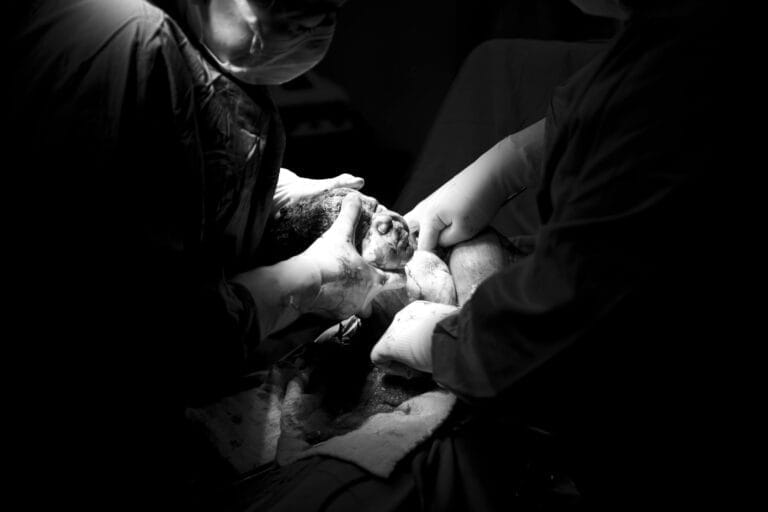Birth Injuries: What Are They and How Do I Look for Help

When parents give birth, they hope for a normal delivery and look forward to a healthy baby. Unfortunately, some parents have to deal with a birth injury in their newborns that can result in disability, diminished quality of life for the child, or the death of the mother or the infant.
Types of Birth Injuries
The MSD Manuals, aka Merck Manuals, enumerates five types of birth injuries as follows:
Head and brain injuries
The most common birth-related injury, head injuries are often caused by instruments used during a vaginal delivery, such as forceps, monitor leads or vacuum extractors. These injuries include scalp scratches, fractures, cephalhematoma (blood accumulation below the periosteum) and subgaleal hemorrhage (bleeding under the scalp).
Intracranial hemorrhage
Bleeding in and around the brain is more common among very premature infants, although it may also occur after a normal delivery of a well newborn. Babies with bleeding disorders, like hemophilia, have a high risk of getting this injury as well. Symptoms—if displayed—include lethargy, seizures and poor feeding.
Nerve injuries
Occurring before or during delivery, this may affect the facial muscles (lopsided facial expression), arms or hands, phrenic nerve (difficulty breathing), spinal cord (rare; causes paralysis), legs and lower back.
Bone injuries
Common bone injuries include fractures to the collarbone, upper arm bone (humerus) or upper leg bone (femur). Sometimes, infants with certain genetic conditions where their bones are very fragile can have fractures of multiple bones.
Perinatal asphyxia
Babies with perinatal asphyxia suffers from a decreased blood flow to their tissues or reduced oxygen in their blood. It causes infants to appear pale and lifeless at birth, breathe weakly or not at all, and have a very slow heart rate.
Identifying Medical Negligence
On their own, most parents will have a hard time determining if medical negligence occurred during any phase of the birthing process, including prenatal and postnatal care.
Typically, medical negligence happens when your doctor, nurse or other medical professionals didn’t provide the standard care or didn’t follow their stated protocol for your situation. It might also involve improperly trained staff or inappropriate monitoring of mother and infant, etc. For instance, failure to detect a baby’s poor position, undiagnosed and/or untreated infection in the mother, or mismanagement of medications can be construed as medical negligence.
When to Contact a Lawyer
As soon as you determine or suspect medical negligence, talk to a birth injury lawyer immediately. It’s important to receive just compensation—even if money may be the last thing on your mind right now.
Birth injury comes under laws related to personal injury, and an attorney will help you confirm any medical negligence and assist you in filing a suit within the statute of limitations, or time limit when you can file a lawsuit, in your state.
Nicholas Parr is a respected birth injury lawyer in Maryland who has dealt with similar cases in the past successfully. He and his team will investigate any potential case for you. Contact Nicholas Parr today for a free consultation.








